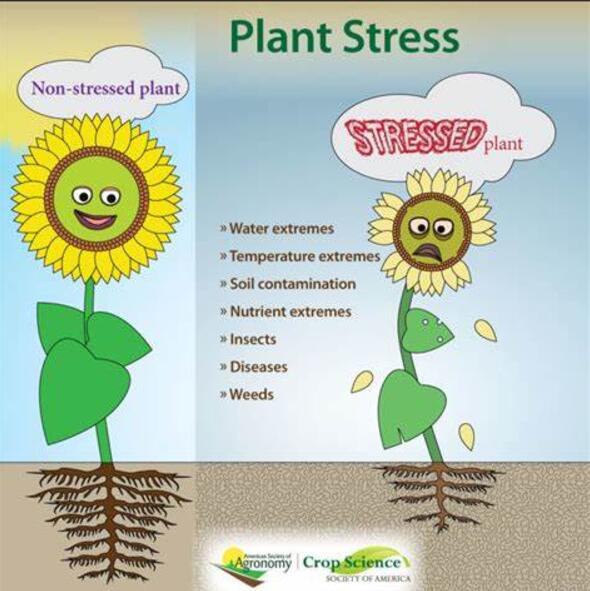Genome-wide analysis of the C2H2-type zinc finger protein family in rice (Oryza sativa) and the role of OsC2H2.35 in cold stress response
IF 6.8
Q1 PLANT SCIENCES
引用次数: 0
Abstract
Cold can be a tough challenge for rice cultivation, impacting its growth and overall productivity. The Cys2His2 (C2H2) zinc finger (ZF) genes are essential for plants’ responses to abiotic stress. In this study, we identified 99 OsC2H2 genes within the Oryza sativa japonica genome, detailing their gene structure, conserved C2H2-ZF domains, and motif compositions for the first time. We also examined the temporal expression patterns of these genes under cold, heat, drought, flooding, and salt stress. Interestingly, we found that OsC2H2.35 was upregulated during cold stress, and CRISPR/Cas9 editing of this gene enhances rice cold tolerance in seedlings. RNA-seq results showed that OsC2H2.35 negatively regulates several COR genes, including DEHYDRATION-RESPONSIVE ELEMENT BINDING FACTORS 1 s (OsDREB1A, OsDREB1B, and OsDREB1C). Specifically, OsC2H2.35 can directly bind to the promoters of OsDREB1A and OsDREB1C. Osc2h2.35 greatly enhances cold tolerance while preserving all essential agronomic traits, making it a valuable gene target for the genetic improvement of rice.
求助全文
约1分钟内获得全文
求助全文
来源期刊

Plant Stress
PLANT SCIENCES-
CiteScore
5.20
自引率
8.00%
发文量
76
审稿时长
63 days
期刊介绍:
The journal Plant Stress deals with plant (or other photoautotrophs, such as algae, cyanobacteria and lichens) responses to abiotic and biotic stress factors that can result in limited growth and productivity. Such responses can be analyzed and described at a physiological, biochemical and molecular level. Experimental approaches/technologies aiming to improve growth and productivity with a potential for downstream validation under stress conditions will also be considered. Both fundamental and applied research manuscripts are welcome, provided that clear mechanistic hypotheses are made and descriptive approaches are avoided. In addition, high-quality review articles will also be considered, provided they follow a critical approach and stimulate thought for future research avenues.
Plant Stress welcomes high-quality manuscripts related (but not limited) to interactions between plants and:
Lack of water (drought) and excess (flooding),
Salinity stress,
Elevated temperature and/or low temperature (chilling and freezing),
Hypoxia and/or anoxia,
Mineral nutrient excess and/or deficiency,
Heavy metals and/or metalloids,
Plant priming (chemical, biological, physiological, nanomaterial, biostimulant) approaches for improved stress protection,
Viral, phytoplasma, bacterial and fungal plant-pathogen interactions.
The journal welcomes basic and applied research articles, as well as review articles and short communications. All submitted manuscripts will be subject to a thorough peer-reviewing process.
 求助内容:
求助内容: 应助结果提醒方式:
应助结果提醒方式:


